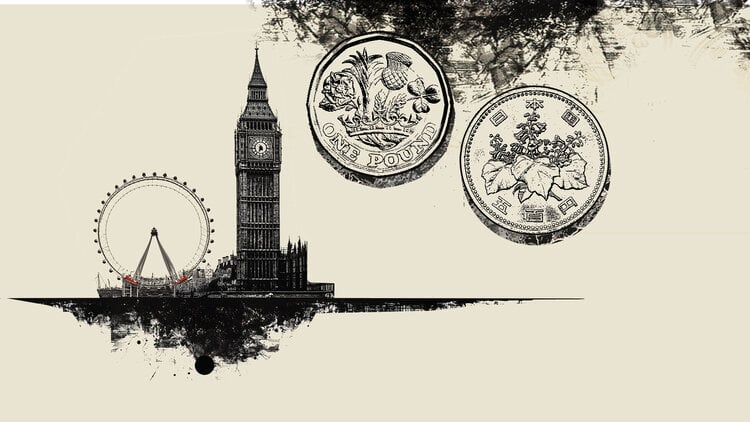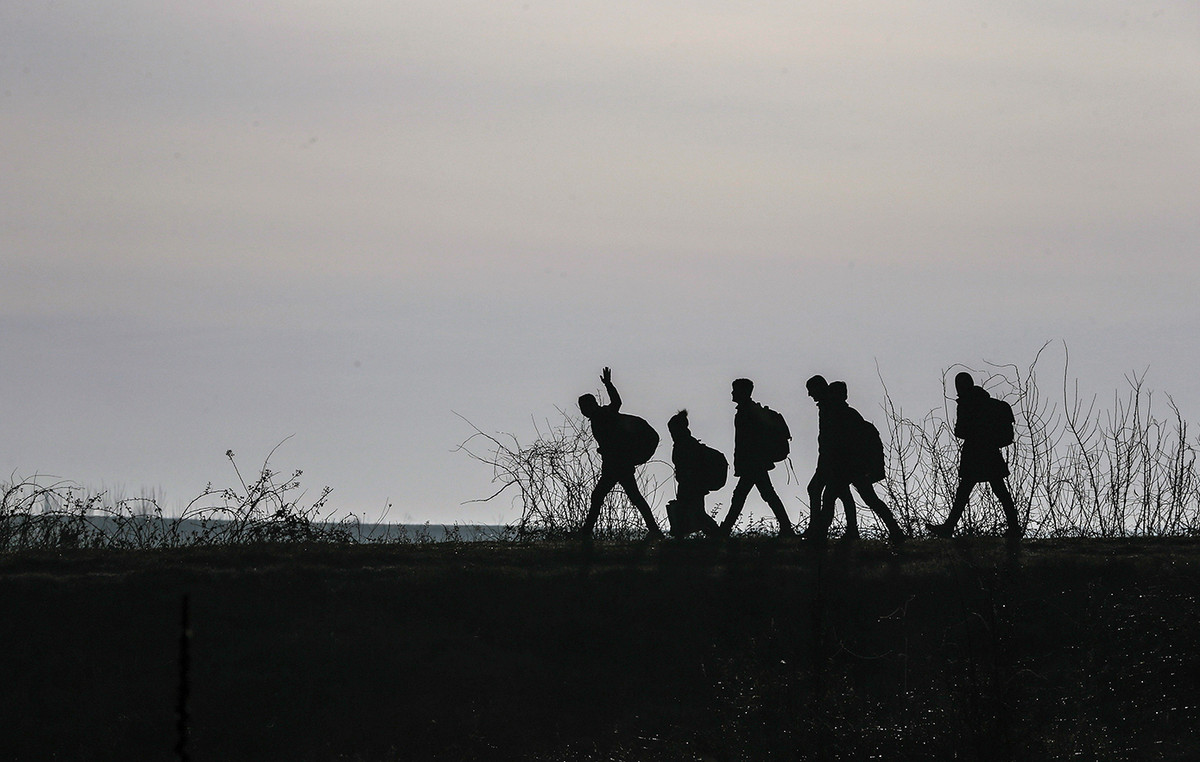The ability to solve problems with multiple tools is a rare talent in the animal kingdom. However, according to new research, cockatoos are the first birds to carry and use a toolkit to suit their needs.
Researchers from Austria and the United Kingdom made their discovery after carrying out three experiments published in the journal Current Biology Friday.
Goffin’s cockatoos, used in the study, are small white birds native to the Tanimbar Islands in Indonesia. They were chosen after researchers saw them using a “toolkit” in the wild. In this study, cockatoos from the Goffin Lab in Vienna were used.
“We saw them use a complex set of tools (in nature), but we didn’t know if they knew they were using one or if it was just a chain of uses of a single tool in a sequence,” he told CNN Antonio Osuna Mascaró, an evolutionary biologist at the University of Veterinary Medicine in Vienna and lead author of the study.
Previously, the only non-human animal known to use a toolkit was a chimpanzee, specifically the Goualougo Triangle chimpanzee from northern Republic of Congo, according to the study.
Inspired by the chimps’ two-tool termite fishing process, drilling holes in a termite mound with a blunt stick and then inserting a different rod to fish out the termites, Osuna Mascaró and his team created experimental designs that mimicked this process.
“We gave them a problem in which they had to fish cashews out of a box by first making a hole in the blocking membrane with a short, pointed stick and then pulling it out with a longer, more flexible stick.”
To the researchers’ surprise, some of the cockatoos solved the problem very quickly, taking just 31 seconds to do it on the first try.
Mark Briffa, associate head of the School of Biological and Marine Sciences at the University of Plymouth, told CNN that basic tool use is common in animals, but using “a set of tools implies the ability to solve problems through the flexible application of some perceptions to a given situation (which) this study convincingly shows”.
Four cockatoos failed to complete the first experiment successfully and one dropped out after showing a lack of interest. Five, however, advanced to the next stage of the study. Briffa said it would be interesting to find out why some of the birds failed the task.
The second experiment looked at tool-use flexibility—whether or not cockatoos would choose the right tool or tools for the right task. This was done by randomly giving the cockatoos a box that required either a single tool or two tools to extract the nuts. Cockatoos also passed this test.
The final experiment included an extra challenge, the addition of different phases for reaching the cashew box, tools in tow – climbing, horizontal flight and vertical flight – to see if the birds carried one tool at a time or saved energy by carrying the tools. two together.
The box, which was visible to cockatoos early on, required a tool or both.
The researchers saw that four cockatoos were able to carry the two tools together when needed, even when flying, with three birds managing them “remarkably” and consistently.
This suggests they learned to put the two tools together and saw them as a whole, something Briffa said is “relevant to questions about the evolution of tool use and the cognitive skills that underpin it.”
Overall, Osuna Mascaró said that by showing that cockatoos plan the use of their tools according to the requirements of the situation, the study is the beginning of an analysis of their cognitive abilities.
Speaking about the next steps, Osuna Mascaró said that a possible path would be to compare birds with human children.
“We noticed that each cockatoo had a different way of carrying and using tool sets, which is interesting because cockatoos learn by playing and being curious, like humans do,” he said.
Speaking about the broader implications, Briffa said the study is relevant to questions about animal sentience – the level of awareness and awareness animals have about their world.
Source: CNN Brasil
Bruce Belcher is a seasoned author with over 5 years of experience in world news. He writes for online news websites and provides in-depth analysis on the world stock market. Bruce is known for his insightful perspectives and commitment to keeping the public informed.







